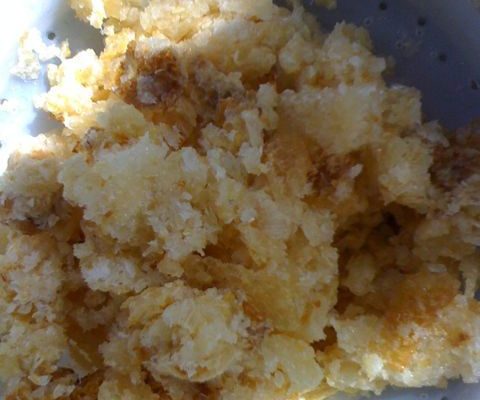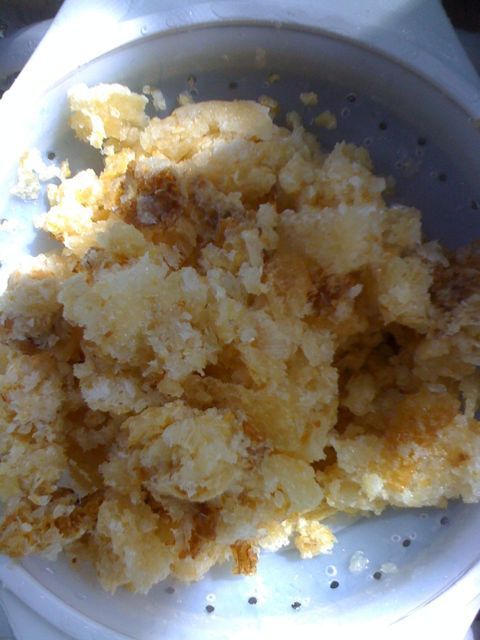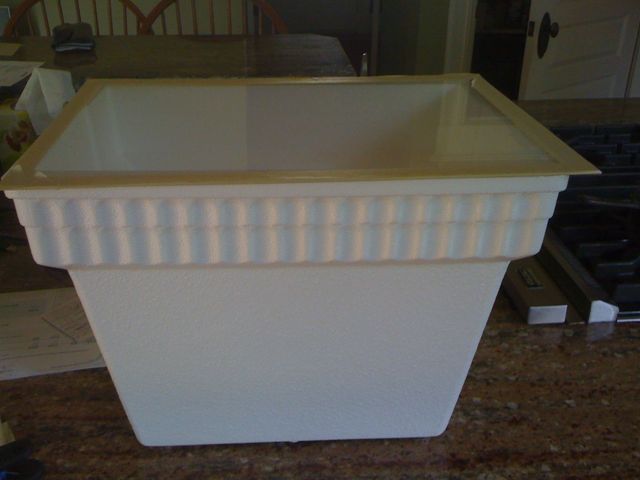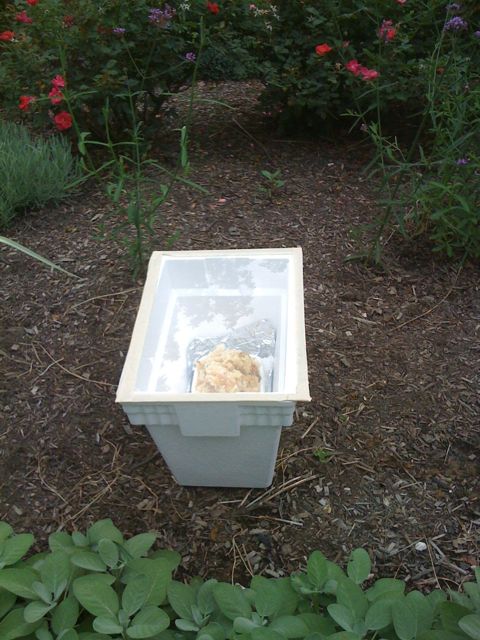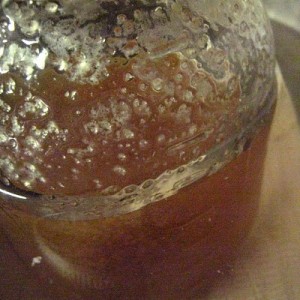
I tell you, Reader, so many people have asked me about crystallized honey lately that I’ve decided to write about it.
First of all: Honey lasts forever. And I mean forever. As in eternity.
Second of all: The composition of honey may change over time.
Third: Raw honey changes more than pasteurized honey because raw honey contains good and natural surprises in it. Whereas pasteurized honey is stripped of these delights. Good and natural delights change over time. Which is what makes them good…and exciting. Right? The more we try to control change, the less fun we have in this life, Reader. Take it from me.
Fourth: The more tiny bits of natural surprises (such as pollen or wax) in the honey, the more little things there are on which crystals will begin to form. This has to do with science, and I’m not going into science here…let me simply say that the less your honey is strained and heated, the more bits of nature remain in it. And this is exactly why you want to buy local honey—honey that has not been stripped of its local pollen. Local pollen in your honey tastes like home. It also helps those who eat it develop immunities when it comes to local allergens.
Fifth: You want your honey cloudy with little specks of colorful pollen in it. You don’t want your honey clear and runny. You want your honey the way you want your bread or your rice…you want it dense with nature. Not white.
Sixth: So, we’ve established that it’s a good sign if your honey crystalizes because it’s a sign that you are eating closer to nature and the earth.
Seventh: Some of the blossoms on which the bees forage crystalize more quickly than others. So, if your honey crystalizes, it’s a sign that the nectar from which your honey comes was collected from a certain blossom at a specific time of the year. Which is very cool. It’s one of the bonuses of buying honey from a single hive as opposed to buying honey gathered from all over several unknown continents and mixed together and heated in a giant vat.
Eighth: The crystals are reversible. If your mouth prefers to eat your honey without crystals, simply heat the honey-containing jar slowly in a pan of water until the crystals disappear. Or set your jar in a sunny place.
We strain very little of the wonder from our honey. You can still taste the Ohio in it. Which means it will eventually crystalize. Because it is that awesome.


